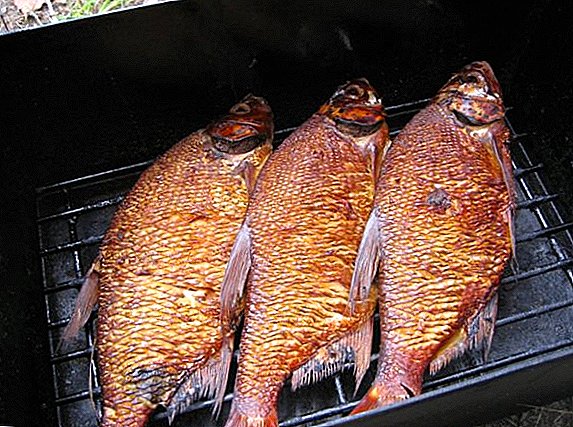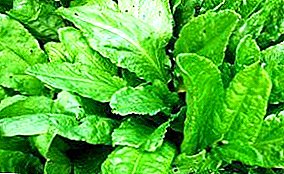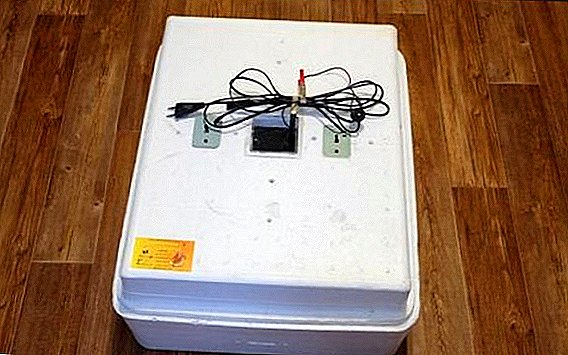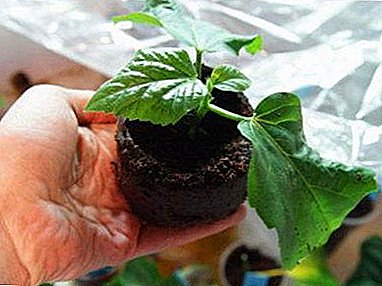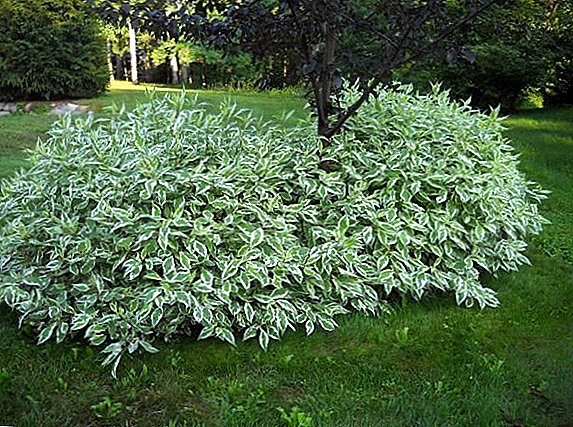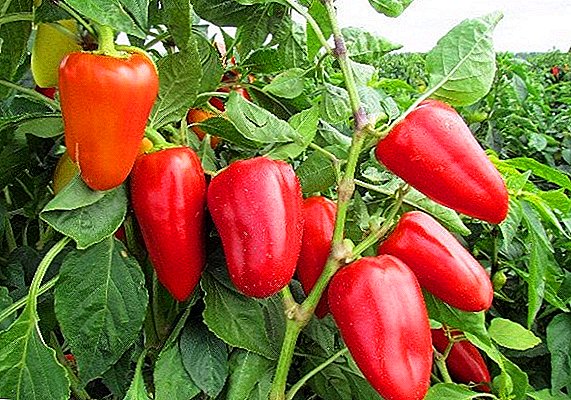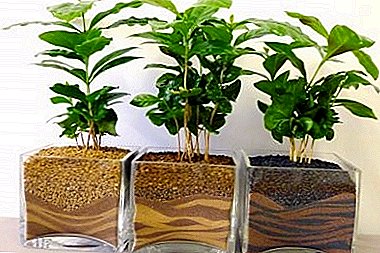
The coffee tree attracts attention with its exotic origin, emerald color of leaves and delicate fragrant aroma during the flowering period.
Despite its exoticism, it is able to settle in a regular apartment and occupy an empty seat on the balcony or windowsill. The most suitable type for breeding at home is Arabica coffee.
Care after purchase
So, how to grow Arabica coffee at home? The coffee tree is famous for its unpretentiousness, but this does not mean at all that it does not need care and the creation of necessary conditions.
REFERENCE! The first thing you should think about before buying is the presence in your apartment of the space needed by the tree. The fact is that Arabica can grow to the size of a two-meter bush.
Arrange the plant so that the sun does not fall directly on the leaves. Contact with sunlight can cause burns on tender leaves. At the same time, Arabica loves bright lighting, it is desirable that it be a little scattered.
With a lack of natural light, you can install fitolampy. This will create additional coverage. The most comfortable coffee will feel on the windows facing east or west.
The climate in Russia for coffee is unsuitable, therefore, attempts to create a plantation in their own manor plot did not achieve the expected result. Arabica will not survive the cold season.
Watering
 Arabica has a period of active and a period when the plant hibernates.
Arabica has a period of active and a period when the plant hibernates.
The active period falls on the warm part of the year, approximately from March to October. At this time, Arabica needs the soil to constantly maintain moisture and not dry out. During hibernation, water consumption is reduced.
Water for irrigation is better to pre-defend or use filtered purified water.
REFERENCE! In an effort to maintain soil moisture can not be overdone and create an artificial marsh. If you overdo it with moisture, then there is a danger of rotting of the root system.
Feeding needs to be carried out in the active period. Once a week should be added to the water for irrigation fertilizer.
In the cold season comes a period of rest. During this period, watering should be reduced. It should also be borne in mind that in winter evaporation occurs with less intensity than in summer.
REFERENCE! In addition to watering, Arabica needs constant spraying. For the plant is very important humidity in the room. It is especially important to spray the leaves during the heating season, when the air in the apartments becomes especially dry.
Bloom
Coffee blooms delicate white. The delicate petals of the Arabica coffee flower are fragrant with a rich, pleasant aroma. As a rule, the flowering of the Arabica coffee tree begins in the third or even fourth year of life.
Subsequently, the flowers give way to small round fruits of red. If the flowers do not appear on the tree after the deadline has been reached, then it is necessary to check whether the plant is being properly maintained.
Below are photos of Arabica coffee, home care for it allows you to achieve these results:





Priming
For Arabica, a weak acidic soil is most suitable. If it is not possible to purchase a ready mix of soil for a coffee tree, you can use mixtures for plants, which also prefer acidic and slightly acidic soil. These plants include azalea or hydrangea.
REFERENCE! Before planting a coffee tree, make sure that the selected pot fits the size. At the bottom should lay out a thick drainage layer.This is a prerequisite for all plants in need of abundant watering. If the drainage layer is sufficient, the water will not linger near the roots and will not create a risk of rotting.
Transfer
Young coffee trees must be replanted annually.
The best time of year for a transplant is Spring.
When the plant reaches a large size and stops growing, there is no need for regular transplantation.
It is enough to annually replace the top ground.
Reproduction and cultivation
The coffee tree is propagated with the help of seeds, or it is reproduced by cuttings. Shoots are placed in a mixture of sand and peat. The root system is formed within two months.
Arabica seeds can be purchased at the store or use a ripe, not roasted seed. The grain is covered with a hard and durable sheath, in order to speed up the germination process, it is necessary to hold the grain in a solution of hydrochloric acid. After planting it is recommended to use growth stimulants.
Temperature
Temperature control is very important for keeping Arabica at home. Since the plant is thermophilic, it should be remembered that low temperatures can be detrimental. The optimum temperature in winter is 16 degrees.
REFERENCE! For a coffee tree, an unacceptable temperature is a temperature below 12 degrees.
Benefit and harm
 Arabica beans have long been used by man not only to create a fragrant and invigorating drink, but also in traditional medicine. Coffee contains caffeine, which acts stimulantly on the cardiovascular system.
Arabica beans have long been used by man not only to create a fragrant and invigorating drink, but also in traditional medicine. Coffee contains caffeine, which acts stimulantly on the cardiovascular system.
This drink can bring not only benefit, but also to be dangerous.
Doctors advise to refrain from coffee or to use it in moderate doses to people with a rapidly excitable nervous system, pregnant women suffering from diseases of the cardiovascular system.
Scientific name
A coffee tree can be called simply Coffee. This plant species belongs to the Marenov family. There are over 70 different types of coffee. The most famous species:
- Arabian, also called Arabica;
- Bengal;
- Robusta, or Congolese;
- Cameroon;
- Liberian.
Also, the house grows the following tree houseplants: Ficus "Eden", "Black Prince", "Bengal", "Kinki", Cypress "Goldcrest Vilma", Avocados, Lemons "Panderosa", "Pavlovsky", some types of ornamental conifers and others . Many of them are suitable for making bonsai.
Diseases and pests
 Most often, coffee suffers not because of pests, but because of improper care.
Most often, coffee suffers not because of pests, but because of improper care.
The most frequent pest attacking a coffee tree is the scab. The first sign of the scythe is the appearance of small brown spots on the leaves. For the treatment using special chemicals. If the lesion is small, it is enough to remove the shield from the leaves with a cotton swab.
Another dangerous pest can be belaver. The fight against it is the same as in the case with the shield.
Conclusion
 To enjoy the aroma of flowering Arabica, and later to have the opportunity to brew a strong invigorating drink from grown independently grown beans, you can grow coffee at home and not necessarily be an experienced planter.
To enjoy the aroma of flowering Arabica, and later to have the opportunity to brew a strong invigorating drink from grown independently grown beans, you can grow coffee at home and not necessarily be an experienced planter.
It is enough to follow the uncomplicated advice of experts and treat your household with patience and attention and you will be able to grow and harvest the crop from the coffee tree at home.


